WASHINGTON DC, USA – As President-elect Donald Trump prepares to return to the White House, immigrants, advocates, and businesses are already strategising in anticipation of strict deportation measures as part of a brutal crackdown on immigration.
Trump’s campaign has centred heavily on deporting millions, and now, allies are discussing options to ramp up enforcement at the U.S.-Mexico border and focus on removing undocumented immigrants with criminal records as early priorities.
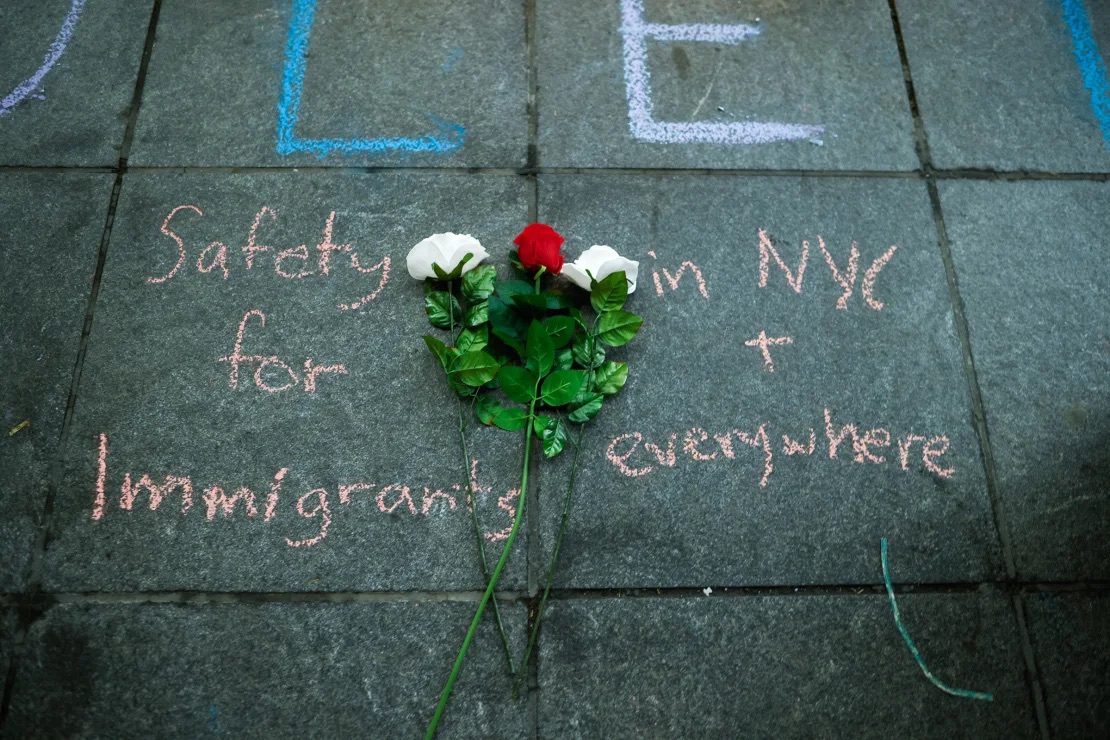
Communities Prepare for Potentially Extensive Deportation Efforts
Advocacy groups and immigration rights organisations are moving to bolster their resources to counter Trump’s promised deportation plans.
The League of United Latin American Citizens (LULAC), the oldest Hispanic civil rights organization in the U.S., has pledged to combat what it describes as potentially “cruel and ruthless” policies.
“Mass deportations would not only harm those directly affected but would devastate families, communities, and the economy,” said Juan Proaño, LULAC’s CEO.
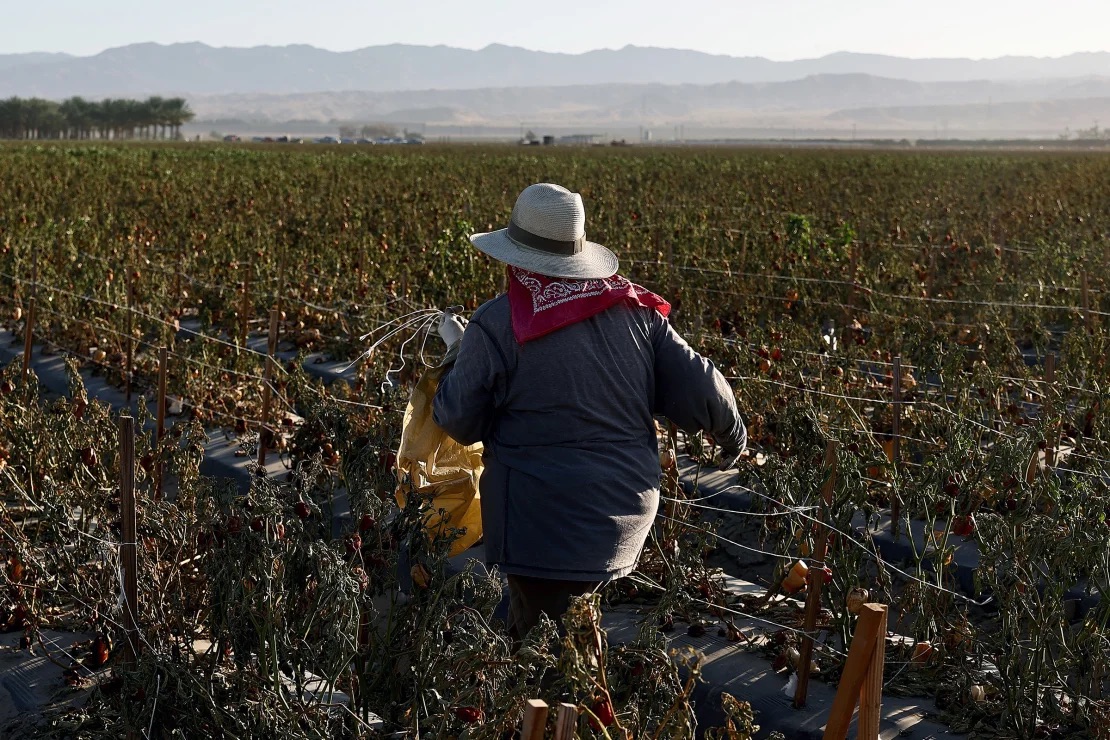
The organisation is focusing on securing funds and legal support for those who may be affected.
In parallel, the American Civil Liberties Union (ACLU) has been preparing for a potential second Trump term, planning to challenge any moves that could use federal resources, including the military, for immigration enforcement, which they argue is illegal.
“We have anticipated some of the most draconian policies,” said Lee Gelernt, an ACLU attorney.
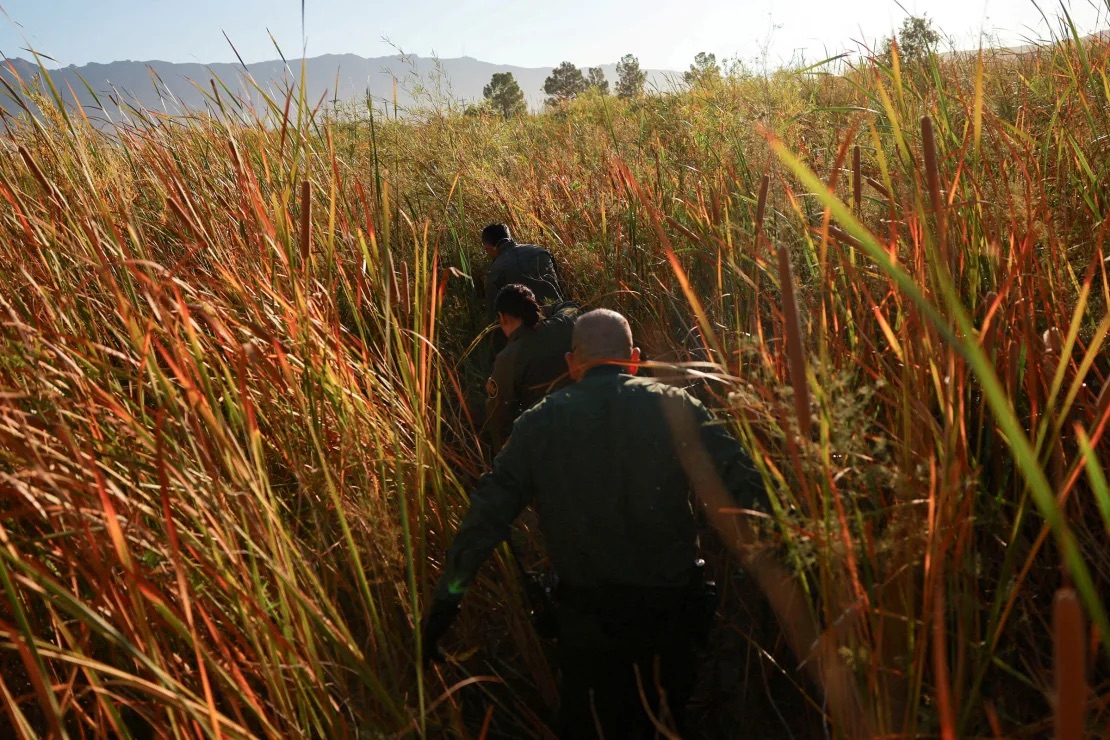
Fear and Uncertainty Ripple Through Immigrant Families
For many immigrants, Trump’s return to office renews fears from his first term.
Cesar Espinosa, a Houston community leader, said he has received numerous calls from immigrants in mixed-status families, seeking guidance on what they should do if enforcement intensifies.
Although Espinosa, himself a legal permanent resident, tries to offer reassurance, he acknowledges the anxiety in his community.
In California, where the economy relies heavily on migrant labour, advocates like Shannon Douglass, President of the California Farm Bureau, argue for immigration reform to provide legal status for farmworkers.
“We need policies that reduce barriers to employment and address worker shortages,” Douglass said, underlining the vital role migrant labour plays in agriculture.
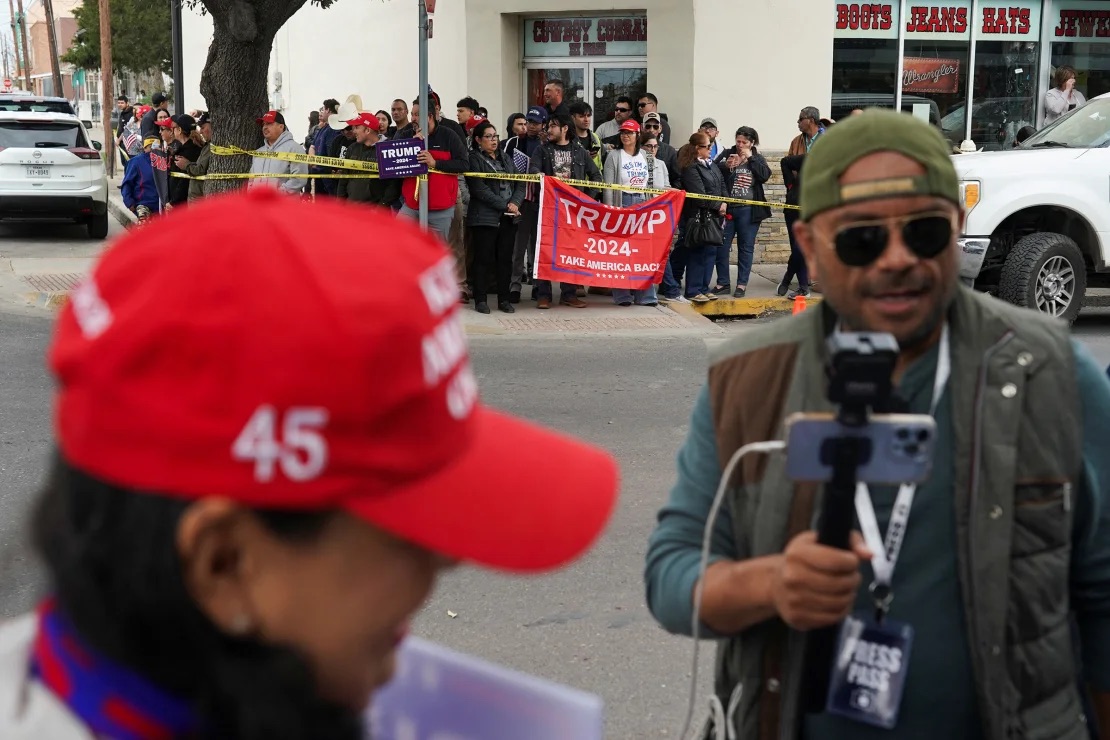
Business Owners and Communities Show Divided Reactions
Not all in the immigrant community oppose Trump’s approach.
Jorge Rivas, who runs Sammy’s Mexican Grill in Arizona, supports stricter enforcement against immigrants with criminal records.
“If deporting them means mass deportation, I’m all for it,” Rivas said, though he expressed hope that lawful residents and workers wouldn’t be affected.
Meanwhile, in Los Angeles, a city with one of the largest immigrant populations, Mayor Karen Bass has promised support for undocumented residents.
“The immigrant community is the heart of our city,” Bass said.
Schools in Los Angeles are also preparing for possible legal action to protect students and families, emphasising that immigration enforcement near schools disrupts students’ lives and creates a climate of fear.
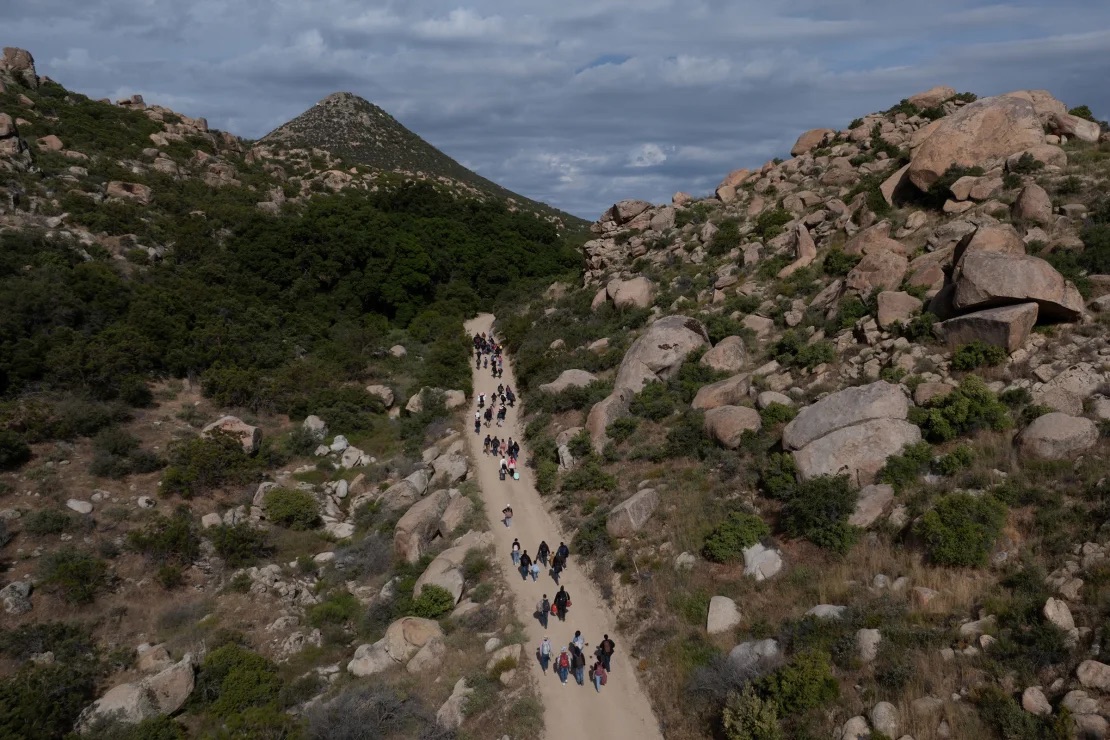
Concerns Extend to Mexico’s Border Towns
Across the border in Tijuana, Mexico, where approximately 3,400 migrants await their chance to enter the U.S., officials are concerned that deportations may increase illegal crossings.
Jose Luis Perez Canchola, Tijuana’s migration affairs director, worries that more people may feel forced to cross the border illegally if the U.S. restricts appointments through the CBP ONE app.
Similarly, Sister Isabel Turcios, director of a shelter in Piedras Negras, Texas, reports high anxiety among migrants hoping to secure U.S. entry.
“Their anxiety is very high, and we are doing our best to calm them,” she said.
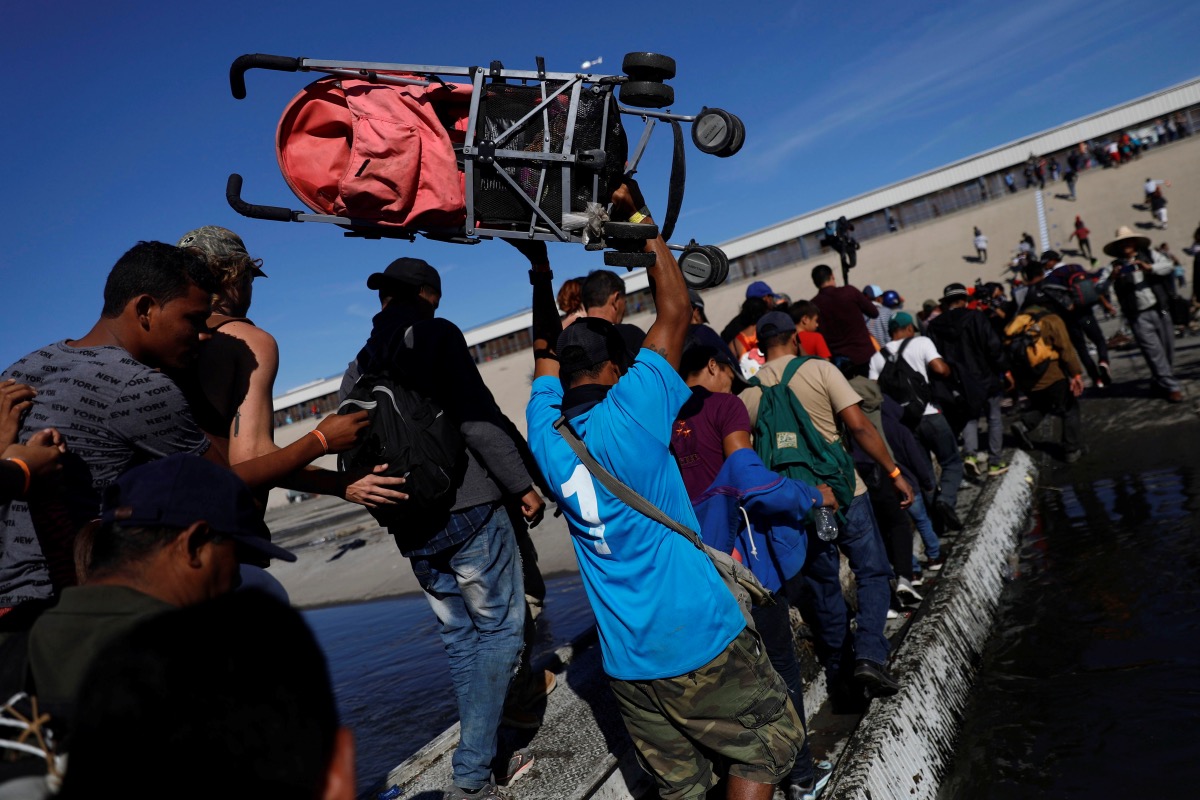
What’s Next for Immigration Enforcement?
Federal agencies like U.S. Customs and Border Protection (CBP) and Immigration and Customs Enforcement (ICE) will play central roles in any future immigration crackdown, though their current leadership will remain until Trump’s inauguration in January.
CBP data indicates that border apprehensions are lower this year than in 2023, but some anticipate a surge of crossings as immigrants aim to enter the U.S. before policy changes take effect.
Amidst these uncertainties, officials in New York, California, and other states with sanctuary laws are reiterating their commitment to protect immigrant residents.
However, as Murad Awawdeh of the New York Immigration Coalition points out, sanctuary laws cannot prevent federal immigration action.
As the Trump administration prepares for its next steps, immigrant communities across the U.S. and beyond are bracing for what could be a transformative shift in American immigration policy.







